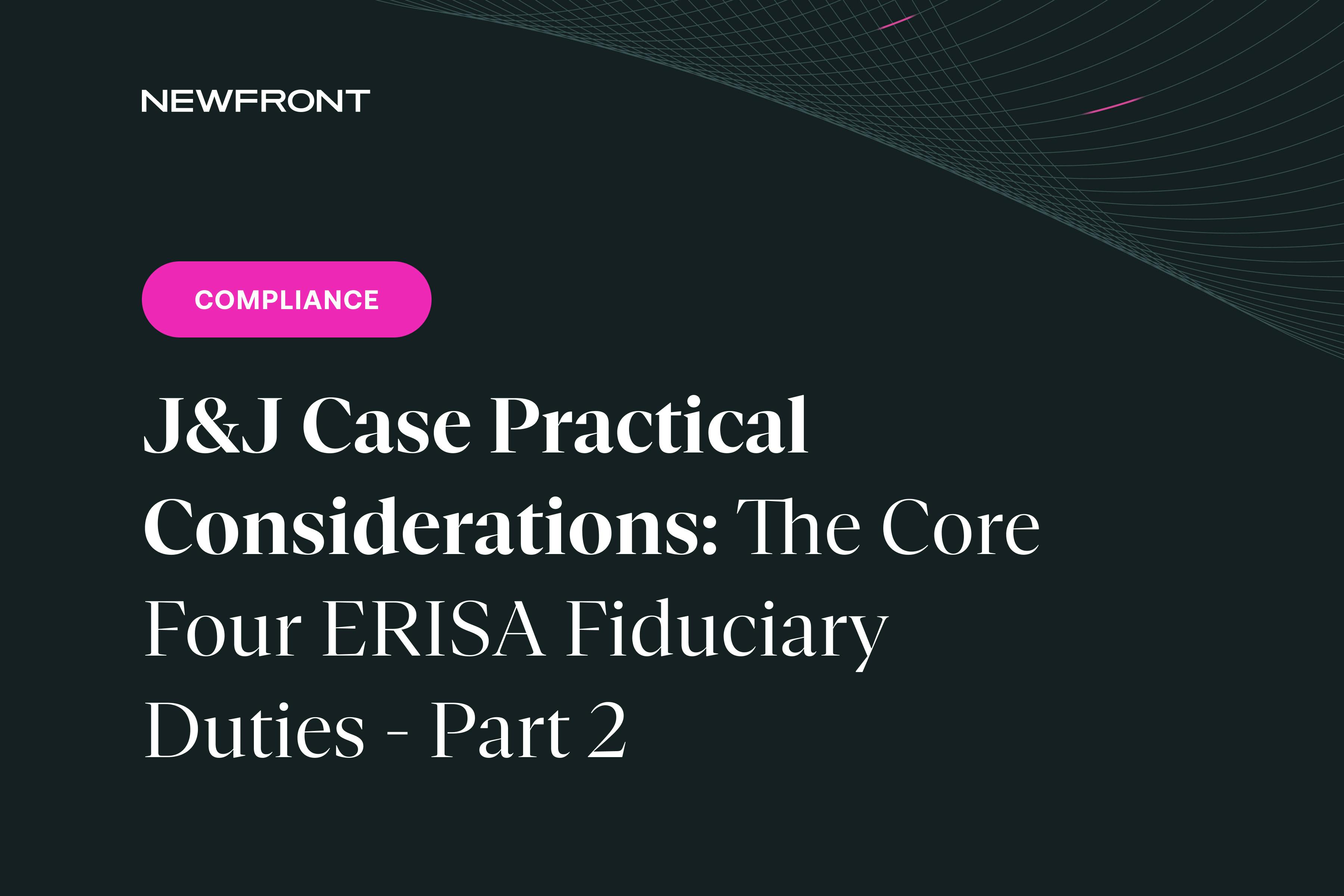Update to Connecticut Paid Family and Medical Leave
By Karen Hooper | Published November 5, 2020
In 2019 Governor Lamont signed the Paid Family and Medical Leave Act into law with a phased in approach. The state of Connecticut has recently released Employee and Employer FAQs, an Employer Toolkit and a website for Employers providing information about the Connecticut Paid Leave Program, key dates, and the employer’s role.
What is Changing in the Amended Family and Medical Leave Law?
Effective private employers with within the state of Connecticut will need to provide up to 12 weeks of paid leave within a 12-month period and up to 26 weeks for a qualifying exigency. Employees incapacitated due to pregnancy may take an additional two weeks of leave during the 12-month period. The reasons for leave and definition of family have been expanded. Leave many be taken for:
Birth and care of a newborn child,
Placement of an adopted or foster child with the employee,
To care for a family member (defined as any individual related by blood or whose relationship is the equivalent of a family relationship) with a serious health condition,
Employee’s own serious health condition, including incapacity due to pregnancy,
To serve as an organ or bone marrow donor or
Any qualifying exigency.
To be eligible for leave, an employee must be employed with the employer for at least 3 months immediately preceding the request for leave. Benefits are continued as if the employee is actively employed and the employee should be reinstated to the same position.
How Will the Paid Leave be Funded?
Effective January 1, 2021, employers will begin collecting a payroll tax of 0.5% of the employee’s pay capped at the Social Security contribution and benefit base of $142,800 for 2021.
What Paid Leave Compensation is Available?
Weekly paid leave compensation is capped at a maximum of up to 60 times minimum wage. When payments begin January 1, 2022, minimum wage is expected to be $13/hour, making the maximum weekly compensation $780, expected to increase to $900 in 2023.
Is it Possible to Waive Participation in the State Plan if there Currently is a Paid Leave Plan in Place?
Employers are able to submit their private plan for approval. In order to be approved, the private plan must:
Provide the same number of weeks of benefits
Provide at least the same level of wage replacement,
Provide leave for all of the circumstances specified in the Act,
Cost employees no more than the premium required by the Act
Be approved by a majority of the employees
Employers must:
Post a bond if the private plan is self-insured
Provide coverage for all employees, and all future employees
Meet any additional requirements established by the authority.
What are the Notification Requirements?
Employee poster and payroll flyers are available on the website. Effective July 1, 2022, employers will be required to provide written notice to each employee at the time of hire and annually thereafter.
What are the Penalties for Failure to Comply?
If the employer fails to collect the payroll tax and make the required payment, a state collection agency will collect any contributions due with interest.
What should employers do now?
Employers with one or employee within the state of Connecticut need to register with the Paid Leave Authority. According to the CT Paid Leave Authority, official registration begins on November 23, 2020 and ends December 31, 2020. Employers who plan on offering a private plan to employees can indicate this during registration. Details on registration can be found at the bottom of the CT Paid Leave Authority website.
Prepare to start payroll deductions of ½ of 1% of each paycheck capped at the up to the Social Security Wage Cap of $142,800 on January 1, 2021. The maxim employee contribution is $714 for 2021.
Prepare to submit the 1 quarter payment by March 31, 2021.

Karen Hooper
VP, Senior Compliance Manager
Karen Hooper, CEBS, CMS, Fellow, is a Vice President and Senior Compliance Manager working closely with the Lead Benefit Counsel in Newfront's Employee Benefits division. She works closely with internal staff and clients regarding compliance issues, providing information, education and training.


